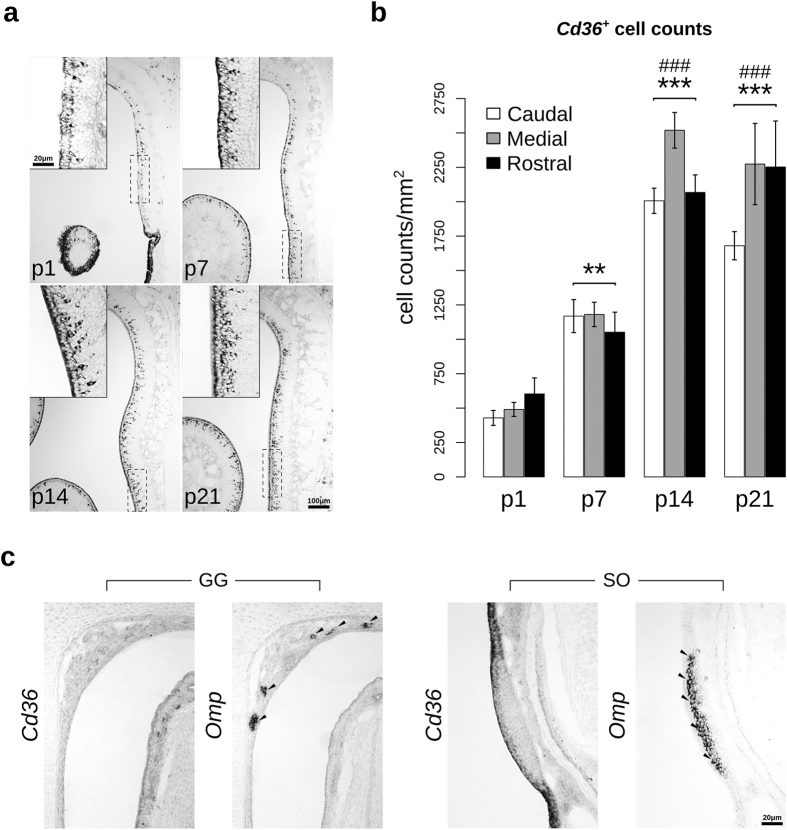Figure 2. Cellular density of Cd36 mRNA-positive cells increases with postnatal development of the olfactory epithelium.
(a) Cd36 riboprobe signals (white arrowheads) at different postnatal ages (days): p1, p7, p14 and p21. Inserts show higher magnification of the area indicated by dashed rectangles. (b) Quantification of cell density (cell counts/OE area; mean ± S.E.M.) showed in ‘a’, which was performed excluding the stained apical contour cells (supporting cells; SCs). Two-way ANOVA revealed a highly significant main age effect F(3,24) = 73.877, p = 2.91 × 10−12, while the level of the olfactory epithelium (rostral, medial and caudal) effect was only marginal, F(2,24) = 3.367, p = 0.0514. (c) Absence of Cd36 transcripts in the Grueneberg ganglion and septal organ, two noncanonical olfactory subsystems that contain Omp-positive OSNs (black arrowheads). Abbreviations: GG, Grueneberg ganglion; SO, septal organ. **p < 0.0005 and ***p < 0.00001 compared to p1; ###p < 0.00001 compared to p7. Scale bars: as indicated.

